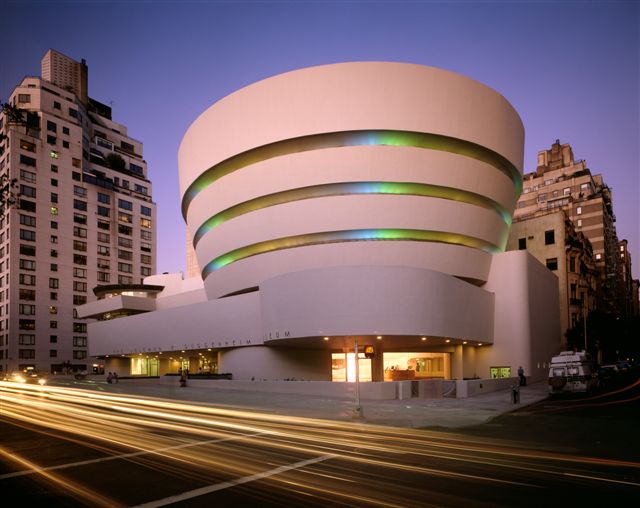 |
| via Tumblr |
As we all know the whole concept of neon florescent color originated with lighted signs. Neon, like all inert or noble gases have no color, smell or taste, but they do emit certain colors when ionized while trapped in glass tubes. They were, and sometimes still are, used as an advertising strategy to draw eyes away from competitors painted signs and toward the light up variety. While the signs themselves have diminished in popularity, the colors became widely available and have became part of the cultural vernacular.
The colors themselves, neon green, electric blue, hot pink, all changed the color landscape for fashion, interior design and even architecture, by redefining and expanding the contemporary palette. But now that these bright colors are no longer restricted to lighted signs what makes them so visually striking?
Amazingly, ultraviolet pigments, previously only associated with flowers and iridescent animals, can now be manufactured and added to paints to give them the glow of lighted signs. Commonly called dayglo colors, what makes them fluoresce is that they absorb light you normally can't see (UV light) and then release that energy as visible light. When in sunlight, or another source of UV light like a blacklight, the colors reflect more light back into your eye. Thus these colors seem brighter and more energetic than everyday colors which can only reflect visible light. The end result is that there is actually more light from those colors interacting with your brain neurons which produce our perception of color.
Today these colors are used for everything from clothing, cars and nail polish to monetary notes, and drivers licenses. It is amazing to think that neon colors push the limits of human visual perception. Before their invention there were few sources of of this visual phenomenon but as our mastery of color through science grows so to do our experiences of the color around us.
Today these colors are used for everything from clothing, cars and nail polish to monetary notes, and drivers licenses. It is amazing to think that neon colors push the limits of human visual perception. Before their invention there were few sources of of this visual phenomenon but as our mastery of color through science grows so to do our experiences of the color around us.
- Emily Eifler, Writer, Colour Studio
- Jill Pilaroscia, Principal, Colour Studio













